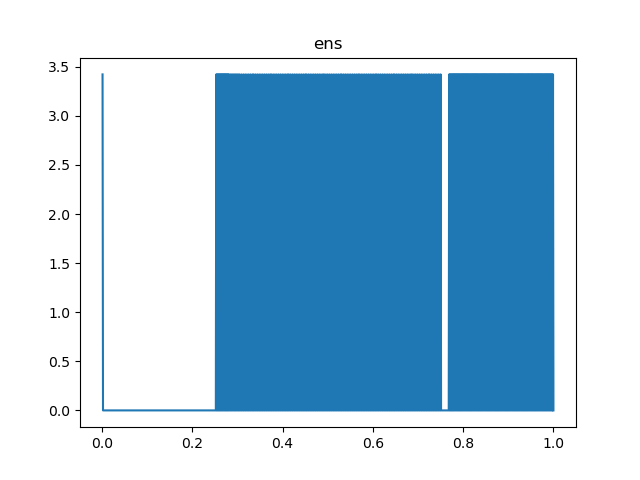Hello,
I’m working on creating a simple neural network which I would like to respond to an input being either on (1.0) or off (0.0) using Izhikevich() neurons. However when given an input that switches from 0 to 1 to 0 it seems to saturate and can’t stop spiking. What is causing this and how can I prevent it?
The code below shows the mentioned behaviour:
import nengo
import matplotlib.pyplot as plt
from nengo.dists import Choice
from nengo.processes import Piecewise
model = nengo.Network()
with model:
neuronArgs = {"n_neurons": 1,
"dimensions": 1,
"encoders": Choice([[1]]),
"intercepts": [0],
"neuron_type": nengo.Izhikevich()
}
stim = nengo.Node(Piecewise({0: 0, 0.25: 1.0, 0.75: 0.0}))
ens = nengo.Ensemble(**neuronArgs)
nengo.Connection(stim, ens)
# Probes
inputProbe = nengo.Probe(stim)
ensProbe = nengo.Probe(ens)
# Simulation
with nengo.Simulator(model) as sim:
# Run for 1 second
sim.run(1)
# Plotting
plt.figure(1)
plt.plot(sim.trange(), sim.data[inputProbe], label="stim")
plt.figure(2)
plt.plot(sim.trange(), sim.data[ensProbe], label="ens")
plt.show()
I’ve created the neuronArgs dict as they are as I want the neurons to respond with a positive output to values in the range of [0, 1] (in reality only the values 0 and 1). All negative values should not be responded to.
Output:


